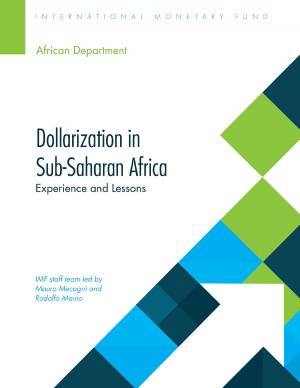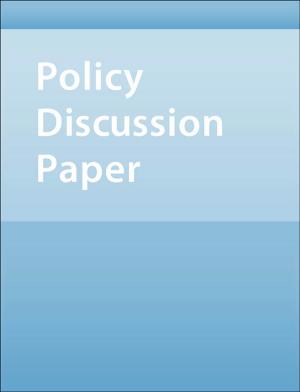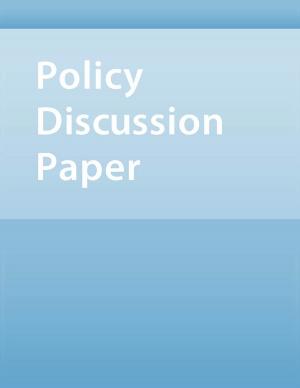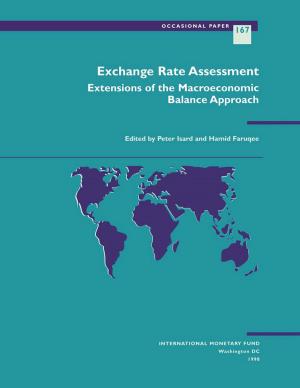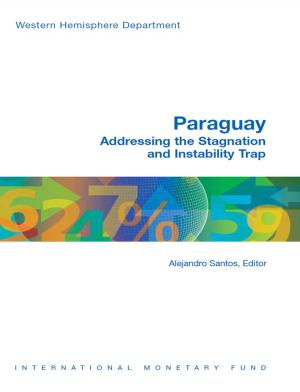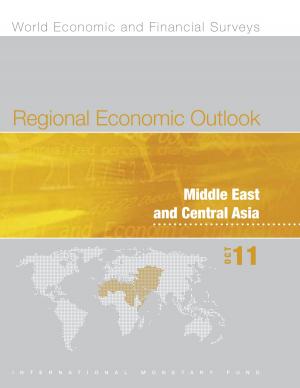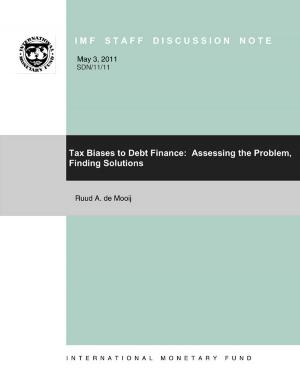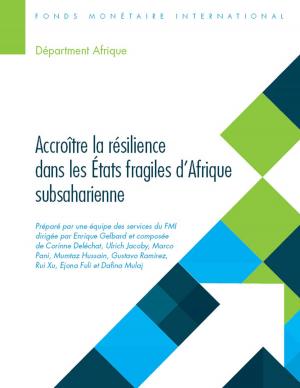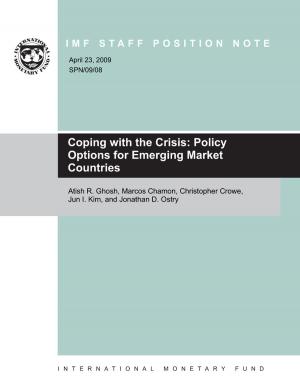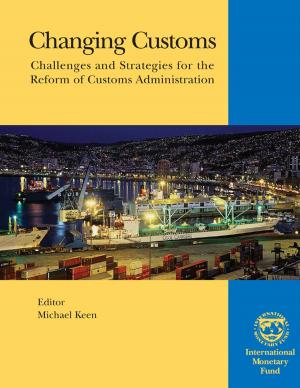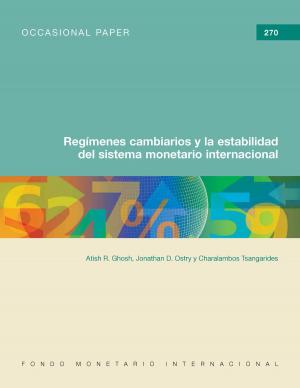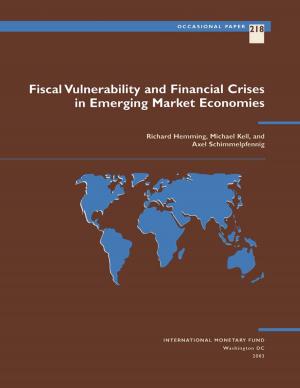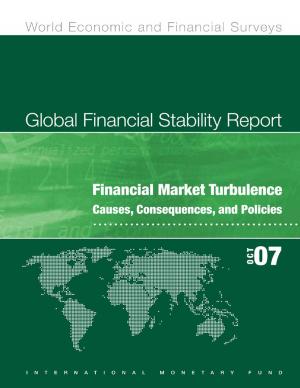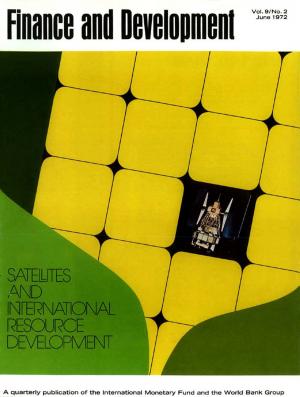Institutional Models for Macroprudential Policy
Business & Finance, Economics, Money & Monetary Policy, Macroeconomics| Author: | Erlend Nier, Luis Mr. Jácome, Jacek Osinski, Pamela Madrid | ISBN: | 9781463928490 |
| Publisher: | INTERNATIONAL MONETARY FUND | Publication: | November 1, 2011 |
| Imprint: | INTERNATIONAL MONETARY FUND | Language: | English |
| Author: | Erlend Nier, Luis Mr. Jácome, Jacek Osinski, Pamela Madrid |
| ISBN: | 9781463928490 |
| Publisher: | INTERNATIONAL MONETARY FUND |
| Publication: | November 1, 2011 |
| Imprint: | INTERNATIONAL MONETARY FUND |
| Language: | English |
A number of countries are reviewing their institutional arrangements for financial stability to support the development of a macroprudential policy function. In some cases, this involves a rethink of the appropriate institutional boundaries between central banks and financial regulatory agencies, or the setting up of dedicated policymaking committees. In others, efforts are underway to enhance cooperation within the existing institutional structure. Against this background, this SDN will provide basic guidance for the design of effective arrangements that is expected to serve as a framework for country-specific advice. After reviewing briefly the main institutional elements of existing and emerging macroprudential policy frameworks across countries, the paper identifies stylized institutional models based on key features that distinguish institutional arrangements. It develops criteria to assess them, examines their strengths and weaknesses, and explores ways to improve existing setups.
A number of countries are reviewing their institutional arrangements for financial stability to support the development of a macroprudential policy function. In some cases, this involves a rethink of the appropriate institutional boundaries between central banks and financial regulatory agencies, or the setting up of dedicated policymaking committees. In others, efforts are underway to enhance cooperation within the existing institutional structure. Against this background, this SDN will provide basic guidance for the design of effective arrangements that is expected to serve as a framework for country-specific advice. After reviewing briefly the main institutional elements of existing and emerging macroprudential policy frameworks across countries, the paper identifies stylized institutional models based on key features that distinguish institutional arrangements. It develops criteria to assess them, examines their strengths and weaknesses, and explores ways to improve existing setups.


